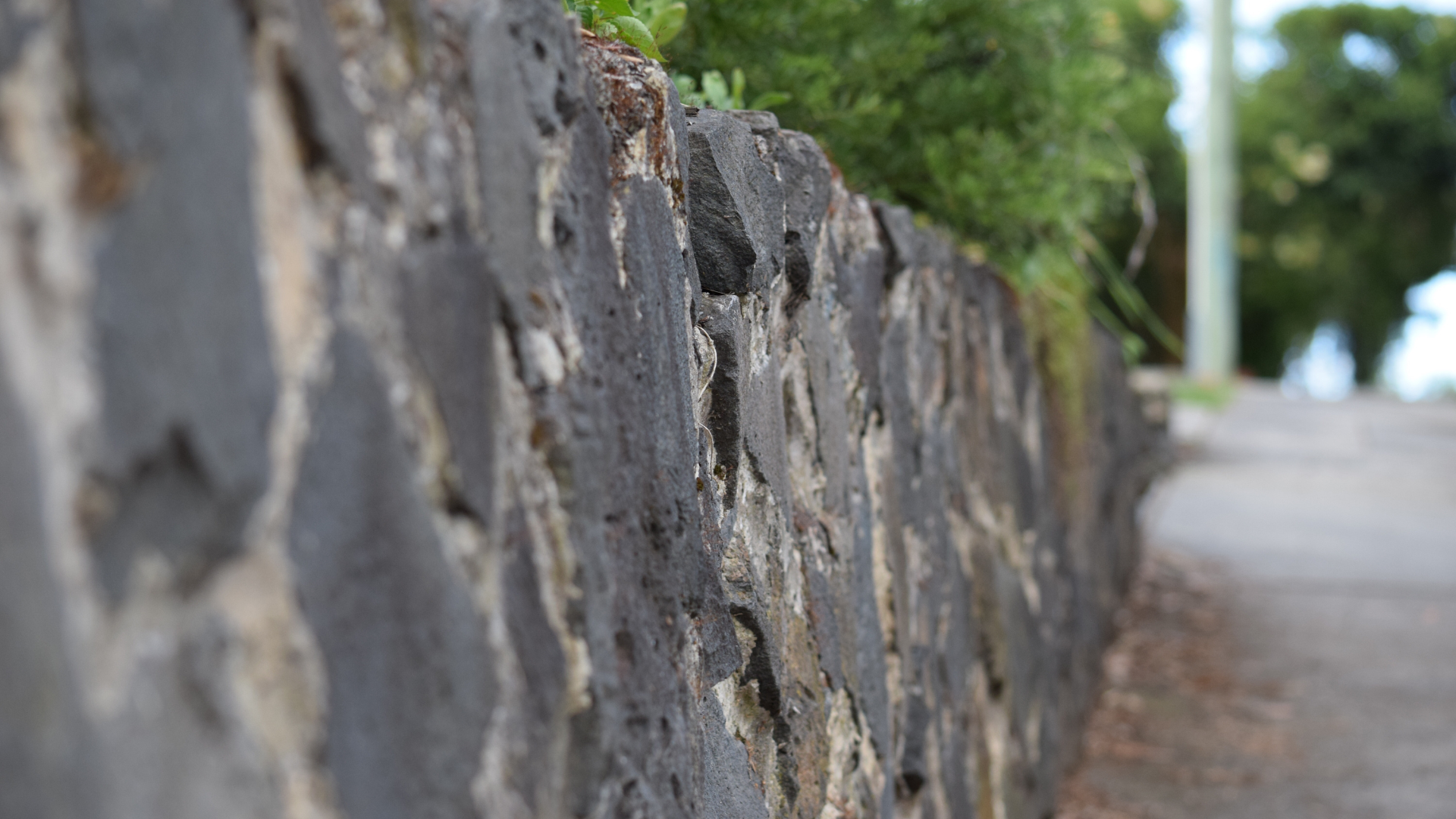.jpg)
A retaining wall is more than just a functional enhancement! A retaining wall provides soil retention, prevents drainage problems and is aesthetically pleasing to your landscape design, but the construction of a retaining wall requires careful planning to determine how much stone you will need, otherwise you risk delays or paying for stone that you never actually use. This blog serves to show you how to measure correctly and select the correct stone type for every aspect of the wall.

Landscape Barn recommends the following stone types for constructing a retaining wall:
Before purchasing any material, take time to complete a thorough design of the size and purpose of your wall. Consider the slope of your property and soil conditions, as well as whether the wall itself is decorative or load-bearing.
Use a measuring tape to measure the length, height, and thickness (depth) of that wall. Multiply these numbers together to find the total volume of stone that you'll need to order. When measuring and completing the math, always round up. If your wall is taller, you may need to consider step terraces or reinforced sections of the wall.
Once you have your measurements, you can estimate how much material you will use.
To find wall stone volume: Length (ft) × Height (ft) × Depth (ft) = cubic feet. Divide by 27 to convert to cubic yards.
Most stone weighs around 1.4 to 1.6 tons per cubic yard. Multiply cubic yards by this factor to estimate weight.
These estimates are starting points. Walls with curves, steps or irregular designs may require additional material.

Excavate at least 6-8 inches. Lay down landscape fabric to separate soil from stone, then place a layer of compacted crushed stone to form a solid, flat foundation. Begin with your flattest, widest stones or blocks for the bottom course. Taking time with the first row is critical! If it is level, the rest of the wall will be much easier to build.
Backfill after each course of wall stone with 3/4" crushed stone to improve stability and reduce water pressure. Incorporating a perforated drain pipe at the base of taller walls helps water escape and extends the life of the wall.
Even with precise calculation, you will always need to include some extra material.
Stone can vary in shape and size, and some will need trimming or cutting. Ordering 5-10% extra ensures you will have enough to finish the project without interruptions. Extra stone can also be useful for future repairs, touch-ups or small landscaping projects.
Never install a retaining wall directly onto soil or use excavated soil as backfill. Without sufficient crushed stone and drainage, walls will typically shift and fail over time.
Water pressure is one of the main causes of retaining wall failure. Always allow for enough crushed stone and drainage piping as required. Failure to install adequate drainage can lessen the lifespan of your wall dramatically.
Building a retaining wall takes some forethought and careful workmanship, but if you choose the right stone and install it properly, it can provide a durable, attractive structure for years to come. Use the guidelines above to set your needs, plan your wall, and build with confidence.
Whether you wish to construct a rustic boulder wall or a neatly stacked block design, if you obtain the necessary stone and preparation, it will make all the difference. And if you are still apprehensive about tackling a retaining wall project, just begin on a small scale - even the smallest wall can change how you enjoy your outdoor living space. Contact Landscape Barn today to get started with the materials and advice you need.
Take the guesswork out of your next project! Use our Project Calculator to quickly estimate the materials you need for your landscaping plans. Get started here with our Project Calculator.

We’re here to help you bring your outdoor vision to life—reach out with any questions or to start your next project.